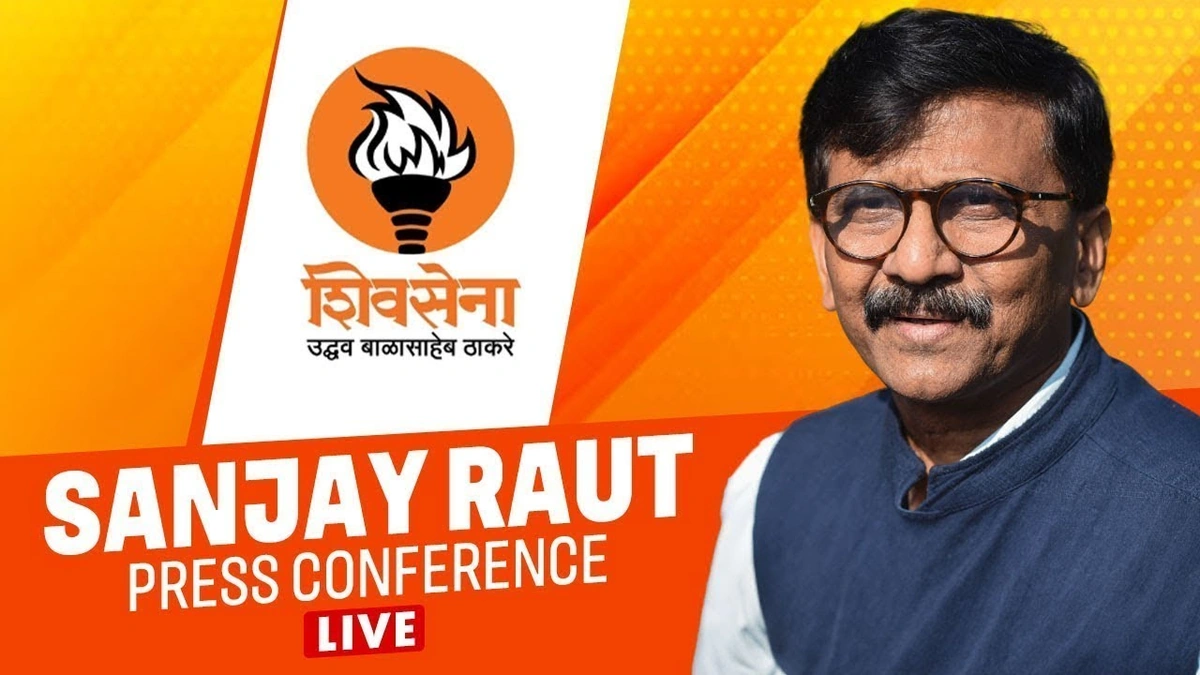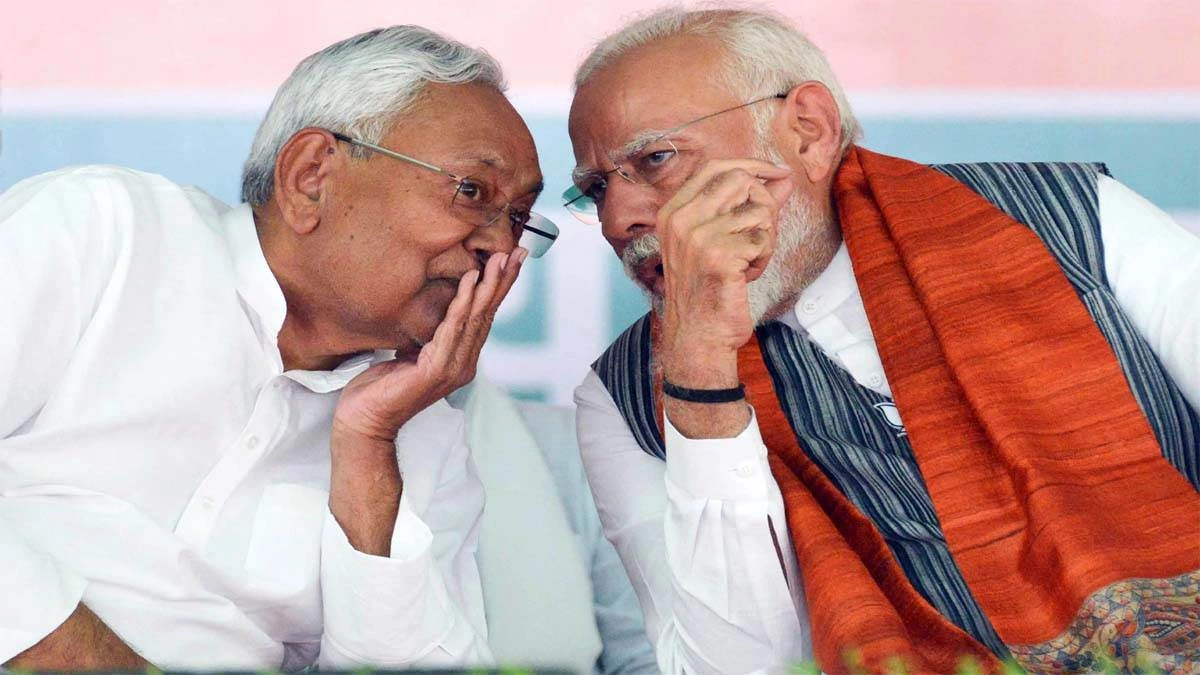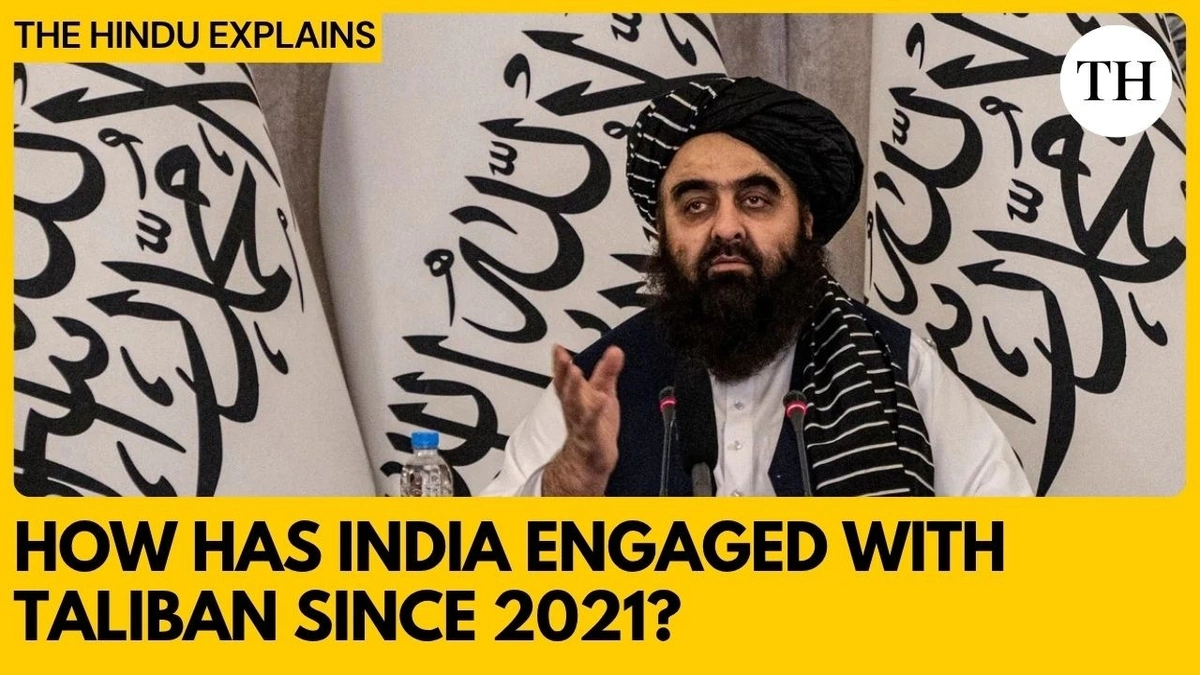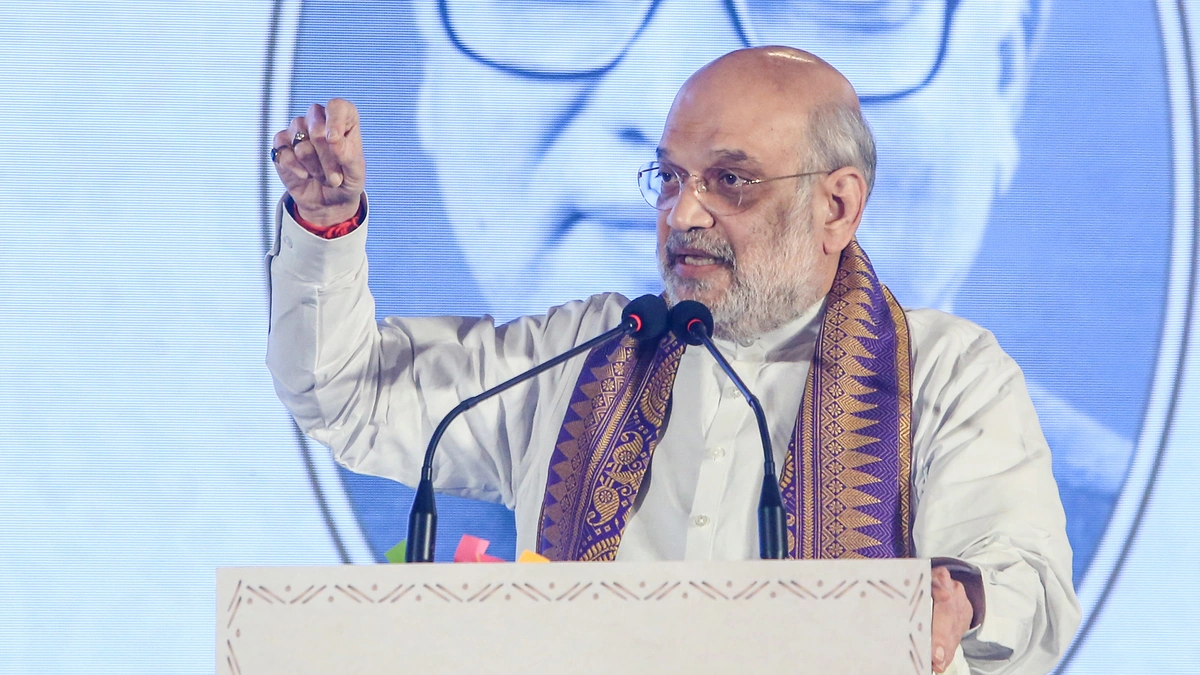BJP, Shiv Sena Criticize Lalu Yadav’s ‘NDA Nau Do Gyarah’ Statement, Emphasizing Development over Rhetoric
Here’s the thing: Indian politics is never just about policies. It’s about the colorful characters, the fiery rhetoric, and the occasional head-scratching statements that keep us all glued to our news feeds. Recently, Lalu Yadav, the veteran leader of the Rashtriya Janata Dal (RJD), tossed a particularly interesting phrase into the mix: ‘NDA Nau Do Gyarah’.
Now, ‘Nau Do Gyarah’ is an idiom. It loosely translates to ‘running away’ or ‘absconding’. Lalu used it to suggest that the NDA (National Democratic Alliance) was somehow on the verge of collapse or, at least, not as stable as it seemed. But the BJP and Shiv Sena were not having it. They quickly retorted, emphasizing development over what they perceived as empty rhetoric. But why does this matter, really? Let’s dig in. This isn’t just political banter; it’s a glimpse into the strategies and fault lines defining Indian politics today.
The Backstory | Alliances and Aspirations

First, a little context. Indian politics is, to put it mildly, alliance-driven. Parties rarely have the complete dominance to govern alone, so they form coalitions. The NDA, currently led by the BJP , is one such coalition. The opposition, including Lalu Yadav’s RJD, constantly tries to undermine it – politically, of course.
Lalu’s statement, therefore, wasn’t just a random thought. It was a calculated attempt to sow seeds of doubt about the NDA’s stability. He knows that perception is half the battle. If he can convince people that the NDA is fracturing, he might create opportunities for the opposition. He has been at this game a long time. What fascinates me is, the BJP and Shiv Sena recognize this tactic, and their response underscores a crucial shift in political messaging.
Development vs. Rhetoric | A Changing Landscape
The BJP and Shiv Sena’s counter-argument is telling. They chose to highlight development – infrastructure projects, economic growth, and governance – rather than get dragged into a war of words. This isn’t a new strategy, of course. The BJP, especially under Prime Minister Narendra Modi, has consistently emphasized its track record on development. But the intensity with which they are doing now, suggests they recognize a growing desire among voters for tangible progress over mere political grandstanding.
But, let’s be honest, this also has to do with appealing to younger voters and social media-savvy demographics. These groups are often less swayed by traditional political rhetoric and more interested in concrete results. I initially thought this was a way of downplaying Lalu’s criticism, but then I realized it was a proactive attempt to define the terms of the debate.
The Significance of ‘Nau Do Gyarah’
So, why did Lalu Yadav use this particular phrase? Well, idioms are powerful. They resonate with people on a cultural level. ‘Nau Do Gyarah’ isn’t just a saying; it evokes a sense of urgency, of something clandestine happening behind the scenes. It suggests that the NDA isn’t just disagreeing; it’s falling apart, with members secretly planning their escape. That’s how these things work. He wanted to create a narrative, a feeling, not just a fact.
Furthermore, using a common idiom makes the message more accessible to a wider audience, especially in rural areas where such phrases are deeply ingrained in everyday language. Let me rephrase that for clarity: it’s about connecting with people on their own terms, using a language they understand intuitively.
The Broader Implications for Indian Politics
This exchange between Lalu Yadav , the BJP, and the Shiv Sena reveals a few key trends in Indian politics. First, the battle for narrative control is fiercer than ever. Parties are constantly trying to frame the issues in ways that benefit them, and idioms, slogans, and sound bites are crucial weapons in this arsenal.
Second, there’s a growing emphasis on development as a key electoral issue. While caste, religion, and identity politics still play a significant role, voters are increasingly demanding tangible improvements in their lives – better roads, more jobs, and greater access to essential services. According to recent surveys, economic issues are at the forefront of voters’ minds.
And, third, political messaging is becoming more sophisticated. Parties are tailoring their communication strategies to specific demographics, using data analytics and social media to target voters with personalized messages. What fascinates me is how this all plays out in real-time, on our phones and TVs, shaping our perceptions and ultimately influencing our choices at the ballot box.
A common mistake I see people make is dismissing these political squabbles as mere noise. But they’re not. They’re indicative of deeper shifts in the political landscape, reflecting changing voter priorities and evolving communication strategies. The BJP and Shiv Sena’s emphasis on development over Lalu Yadav’s rhetoric is a case in point. For more insights, you can read about similar political dynamics on sites like Wikipedia . It’s a sign of the times, and it’s something we should all pay attention to. Find other interesting political analysis here .
Looking Ahead
So, what’s the takeaway? This isn’t just about one statement or one counter-argument. It’s about the ongoing struggle to define the narrative, to connect with voters, and to shape the future of Indian politics. Lalu Yadav’s use of ‘Nau Do Gyarah’ may seem like a minor incident, but it’s a window into the larger forces at play. And the BJP and Shiv Sena’s response is equally revealing, suggesting a shift towards a more development-focused approach. Another interesting read: Bihar Elections .
FAQ Section
Frequently Asked Questions
What exactly does ‘NDA Nau Do Gyarah’ mean?
It’s an idiomatic expression implying that the NDA is about to ‘run away’ or disintegrate. Lalu Yadav used it to suggest instability within the alliance.
Why did the BJP and Shiv Sena focus on development in their response?
They aimed to shift the conversation away from rhetoric and towards their track record of tangible progress, appealing to voters prioritizing economic growth and good governance.
Is development the only factor influencing Indian elections?
No, caste, religion, and identity politics still play a role. However, development is gaining prominence as voters increasingly demand concrete improvements in their lives.
How are political parties adapting their communication strategies?
They’re using data analytics and social media to target voters with personalized messages, tailoring their communication to specific demographics.
What’s the long-term significance of this exchange?
It highlights the ongoing battle for narrative control, the growing emphasis on development, and the increasing sophistication of political messaging in India.
In conclusion, the clash over Lalu Yadav’s statement isn’t just political banter it’s a microcosm of the shifting dynamics shaping India’s future.













